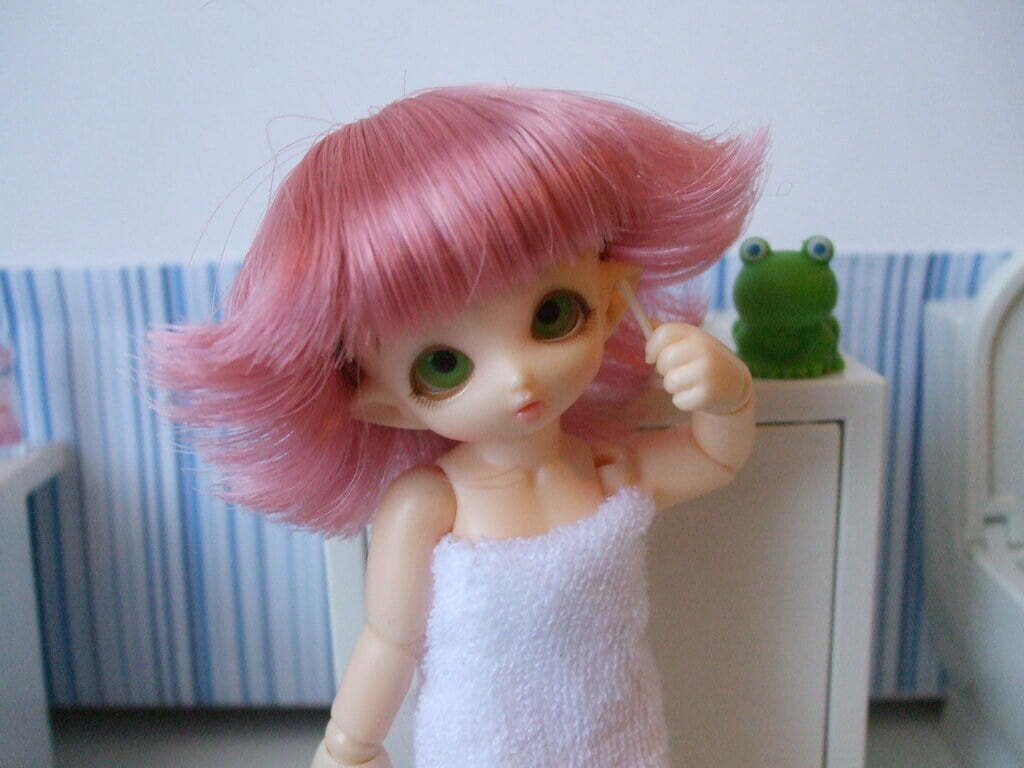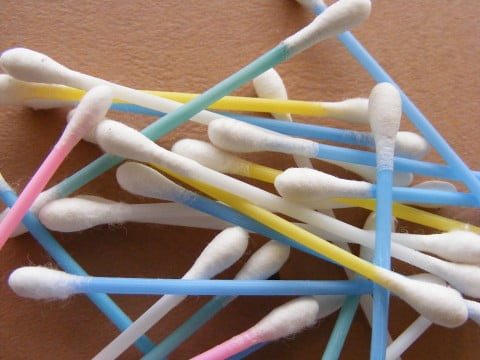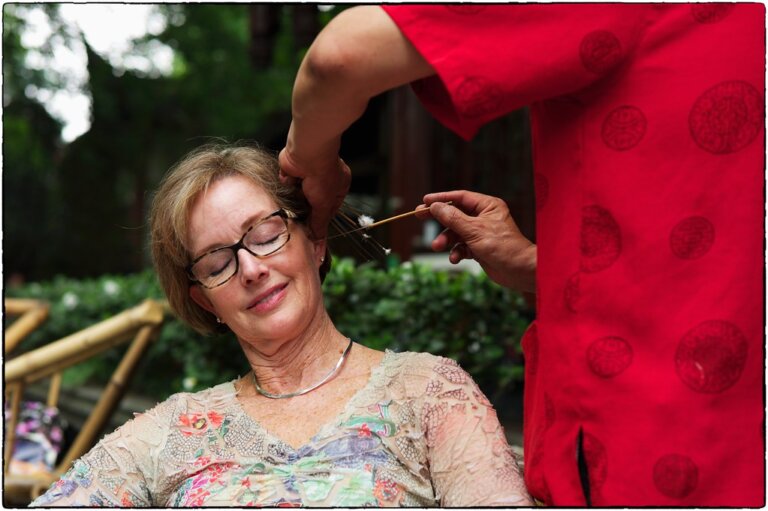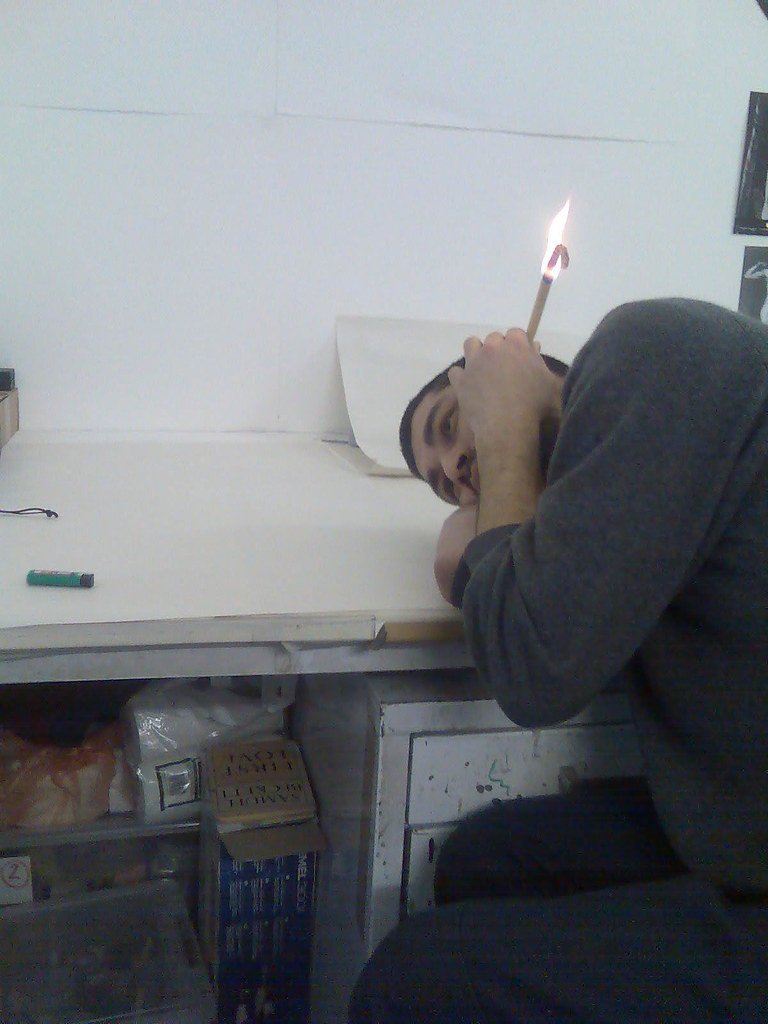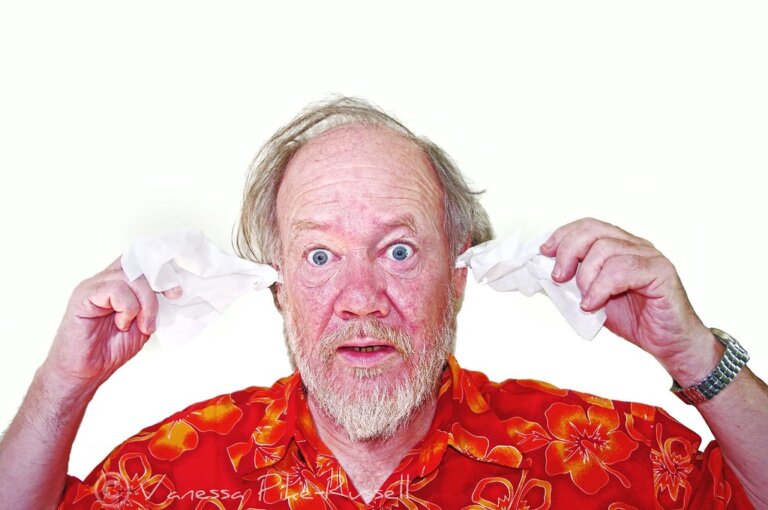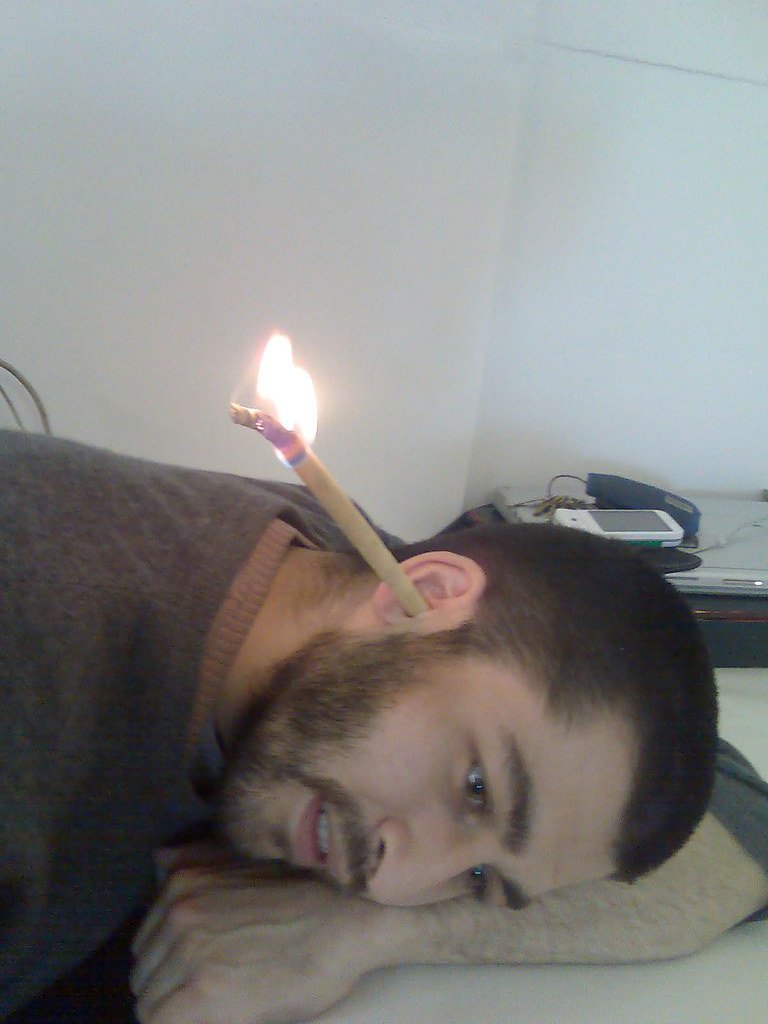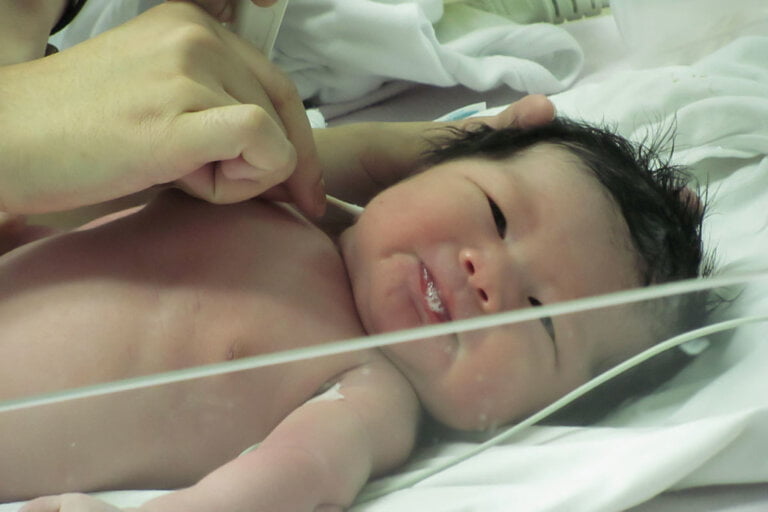Essential Tips for Immediate Post-Procedure Care After Manual Instrument Ear Wax Removal
Last Updated on 25th April 2024 by Admin
After undergoing a manual instrument ear wax removal procedure, it is crucial to provide proper care to ensure a speedy recovery and prevent any complications. Following the right post-procedure care guidelines can help alleviate discomfort, reduce the risk of infection, and optimize the healing process. In this article, we will discuss essential tips for immediate post-procedure care after a manual instrument ear wax removal.
Understanding Manual Instrument Ear Wax Removal
Before diving into post-procedure care, it is important to understand what a manual instrument ear wax removal procedure entails. Manual instrument ear wax removal, also known as ear syringing or ear irrigation, is a technique used to clear excessive earwax buildup. During the procedure, a healthcare professional uses specialized instruments, such as curettes or suction devices, to gently remove the accumulated earwax from the ear canal.
Manual instrument ear wax removal is considered safe and effective. It is commonly performed to relieve symptoms caused by excessive earwax, such as hearing loss, earache, tinnitus, or a feeling of fullness in the ear. It is important to note that this procedure should only be performed by a trained healthcare professional to minimize the risk of complications.
The Importance of Post-Procedure Care
While the manual instrument ear wax removal procedure itself is safe and effective, proper post-procedure care is vital to ensure optimal healing and prevent complications. Neglecting post-procedure care can lead to ear infections, discomfort, or even damage to the delicate structures of the ear. By following the essential tips outlined below, you can significantly improve your recovery process and maintain good ear health.
Proper post-procedure care helps to promote healing and reduce the chances of any adverse effects. It allows the ear canal to recover from the procedure and return to its normal state. Additionally, following the recommended guidelines can prevent the recurrence of excessive earwax buildup in the future.
Essential Tips for Immediate Post-Procedure Care
-
Avoid inserting any objects into the ear: After the procedure, it is essential to refrain from inserting cotton swabs, fingers, or any other objects into the ear canal. This can disrupt the healing process, introduce bacteria, and potentially cause injury. Instead, allow the ear canal to naturally clean itself.
- Inserting objects into the ear can push the remaining earwax deeper into the ear canal, leading to blockage and discomfort.
- Avoid using cotton swabs as they can push the earwax further into the ear or cause damage to the eardrum.
- Let the earwax naturally migrate out of the ear canal over time.
-
Keep the ear dry: It is crucial to keep the treated ear dry for at least 24-48 hours after the procedure. Avoid swimming, taking showers, or exposing the ear to excessive moisture during this period. Moisture can increase the risk of infection and delay the healing process.
- Moisture can create a favorable environment for the growth of bacteria, leading to infection.
- Use a shower cap or earplugs to protect the ear from water during bathing.
- If water accidentally enters the ear, gently dry the outer ear with a clean towel.
-
Avoid excessive noise exposure: Loud noises can be detrimental to the healing process after an ear wax removal procedure. Try to avoid noisy environments or wear ear protection, such as earplugs or earmuffs, when necessary. Protecting your ears from excessive noise can help prevent further discomfort or damage.
- Loud noises can cause irritation and inflammation in the ear canal, prolonging the healing process.
- Use ear protection when exposed to loud noises, such as concerts, construction sites, or sporting events.
- Consider using noise-canceling headphones or earplugs to reduce the impact of loud noises on the ears.
-
Follow any prescribed medications: If your healthcare professional prescribes any medications, such as antibiotic eardrops, pain relievers, or anti-inflammatory drugs, ensure that you follow the prescribed dosage and schedule. These medications are often prescribed to prevent infection and manage pain or inflammation.
- Antibiotic eardrops may be prescribed to prevent or treat infection.
- Pain relievers, such as acetaminophen or ibuprofen, can help manage any discomfort or pain after the procedure.
- Anti-inflammatory drugs, like corticosteroids, may be recommended to reduce inflammation in the ear canal.
-
Monitor for any signs of infection: It is important to be vigilant and monitor the treated ear for any signs of infection. Watch out for symptoms such as increased pain, redness, swelling, discharge, or fever. If you notice any of these signs, contact your healthcare provider immediately for further evaluation and appropriate treatment.
- Infection can occur if bacteria enter the ear canal during the procedure or if proper post-procedure care is not followed.
- Increased pain, redness, swelling, discharge, or fever may indicate an infection and should be promptly addressed by a healthcare professional.
- Early detection and treatment of infection can prevent complications and promote faster healing.
-
Avoid excessive ear cleaning: While it is important to maintain good ear hygiene, it is advisable to avoid excessive ear cleaning immediately after the procedure. The ear canal needs time to heal, and vigorous cleaning can disrupt the process and even cause injury. Limit cleaning to gentle wiping of the outer ear with a clean cloth.
- Excessive ear cleaning can disrupt the natural balance of the ear canal and potentially damage the delicate structures of the ear.
- Avoid using cotton swabs or any other objects to clean the ear canal.
- Gentle wiping of the outer ear with a clean cloth is sufficient to remove any visible dirt or debris.
-
Follow up with your healthcare provider: After a manual instrument ear wax removal procedure, it is recommended to schedule a follow-up appointment with your healthcare provider. This allows them to assess the healing progress, address any concerns, and provide additional instructions or care recommendations based on your specific situation.
- A follow-up appointment ensures that the ear is healing properly and there are no complications.
- Your healthcare provider can evaluate your symptoms, answer any questions you may have, and provide further guidance for maintaining good ear health.
- They may recommend additional care or suggest preventive measures to avoid future earwax buildup.
Conclusion
Proper post-procedure care is crucial for a successful recovery after a manual instrument ear wax removal procedure. By following the essential tips mentioned above, you can ensure a smooth healing process, minimize discomfort, and reduce the risk of complications. Remember to consult your healthcare provider if you have any concerns or experience any unusual symptoms. Taking care of your ears is essential for maintaining good overall ear health and well-being.
This article is intended for informational purposes only and should not replace professional medical advice. Please consult a healthcare professional for personalized guidance on your specific condition and care needs.
Note: This article has been modified and expanded for improved clarity and depth of information.
FAQ
-
What is manual instrument ear wax removal?
Manual instrument ear wax removal, also known as ear syringing or ear irrigation, is a technique used to clear excessive earwax buildup. During the procedure, a healthcare professional uses specialized instruments to gently remove the accumulated earwax from the ear canal.
-
Why is post-procedure care important after manual instrument ear wax removal?
Proper post-procedure care is important to ensure optimal healing and prevent complications. Neglecting post-procedure care can lead to ear infections, discomfort, or damage to the delicate structures of the ear.
-
What should I avoid doing after a manual instrument ear wax removal procedure?
After the procedure, it is important to avoid inserting any objects into the ear, keep the ear dry, avoid excessive noise exposure, and avoid excessive ear cleaning. These actions can disrupt the healing process, introduce bacteria, cause injury, or delay the healing process.
-
What should I do if I notice signs of infection after the procedure?
If you notice signs of infection, such as increased pain, redness, swelling, discharge, or fever, it is important to contact your healthcare provider immediately for further evaluation and appropriate treatment. Early detection and treatment of infection can prevent complications and promote faster healing.

